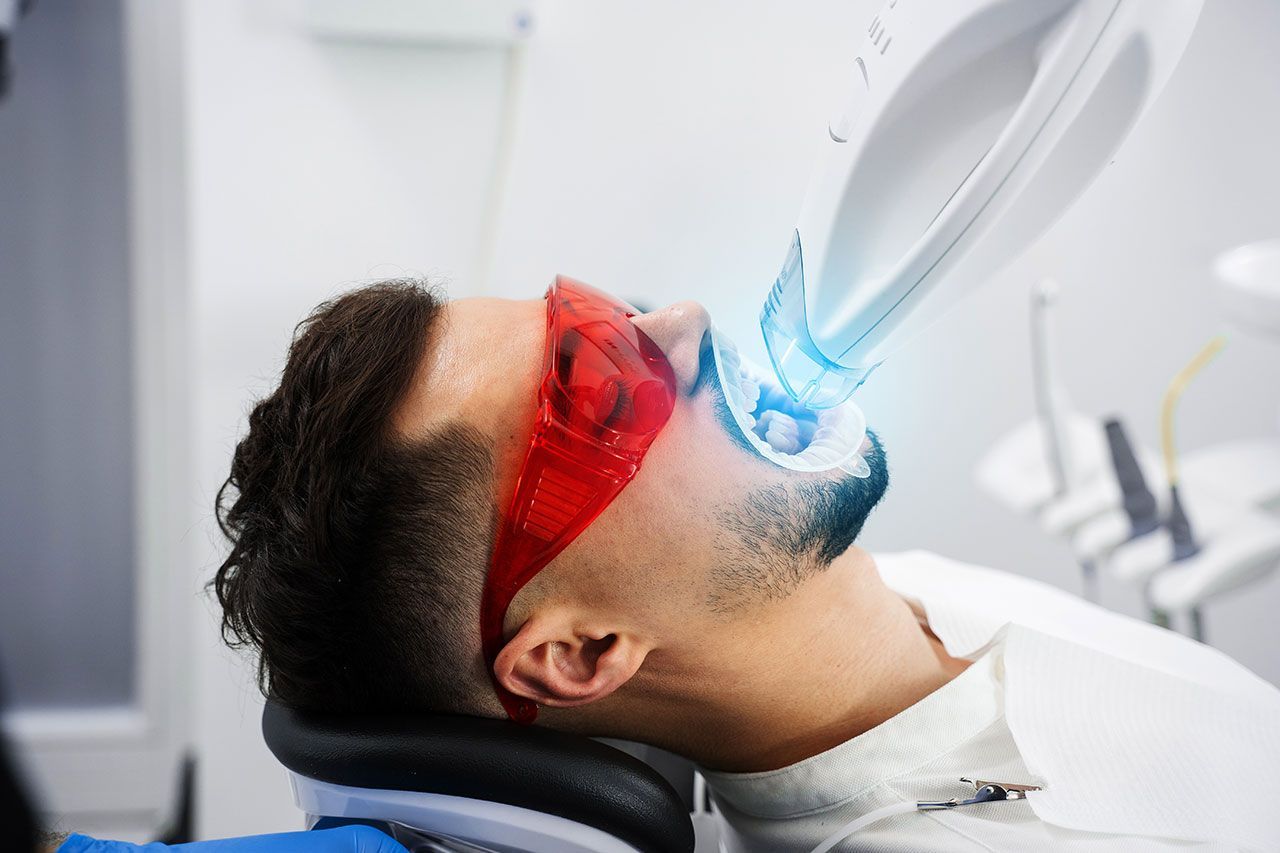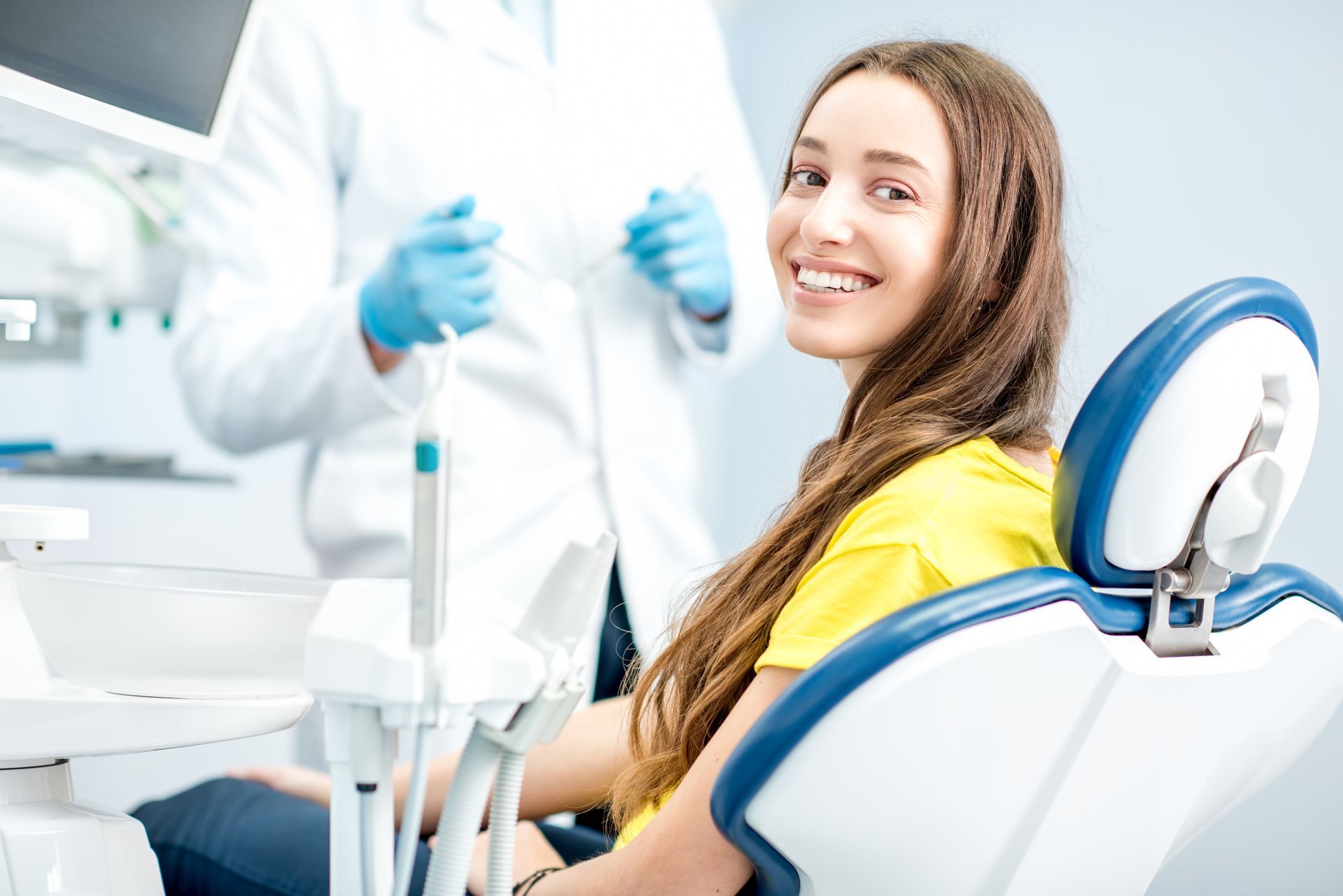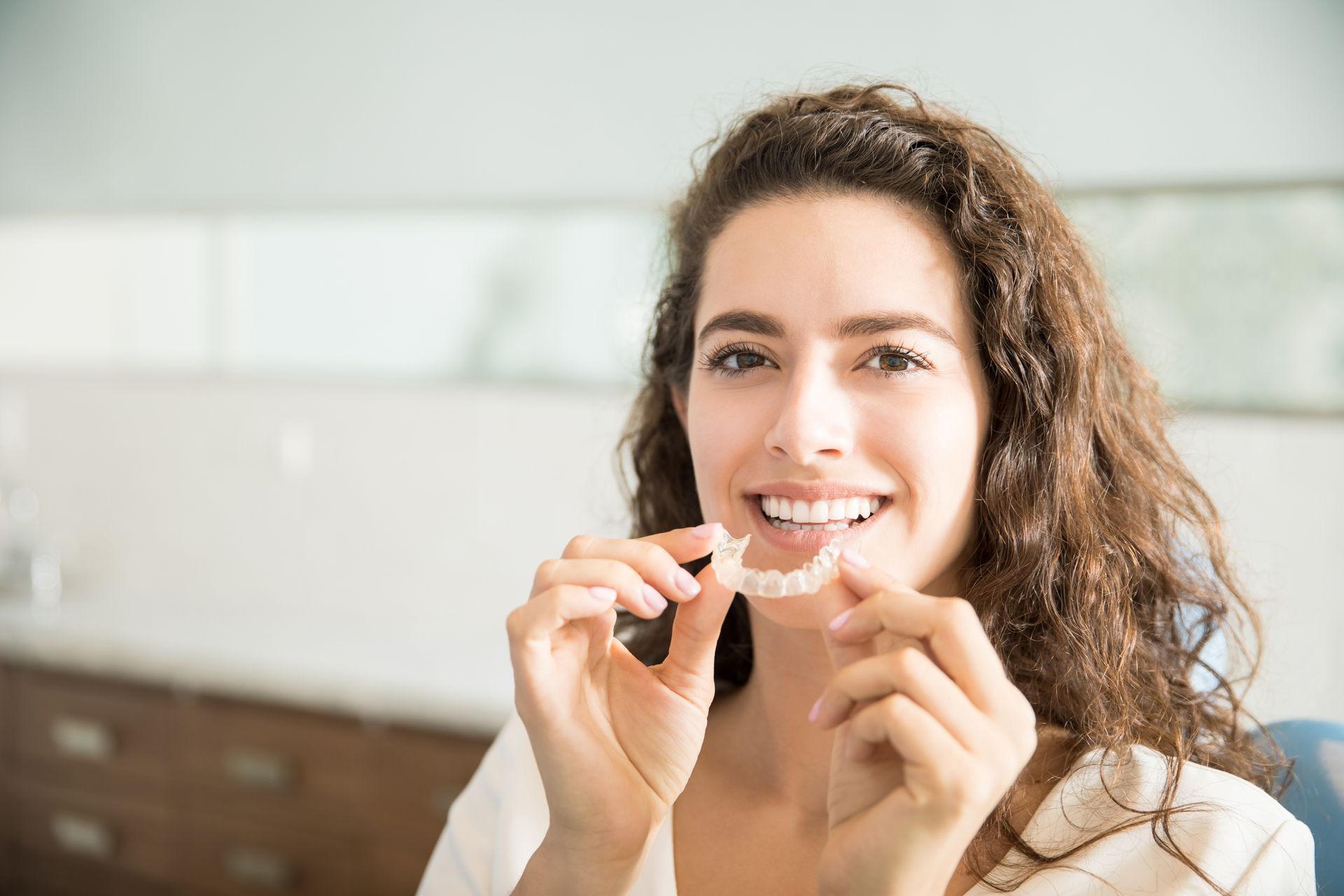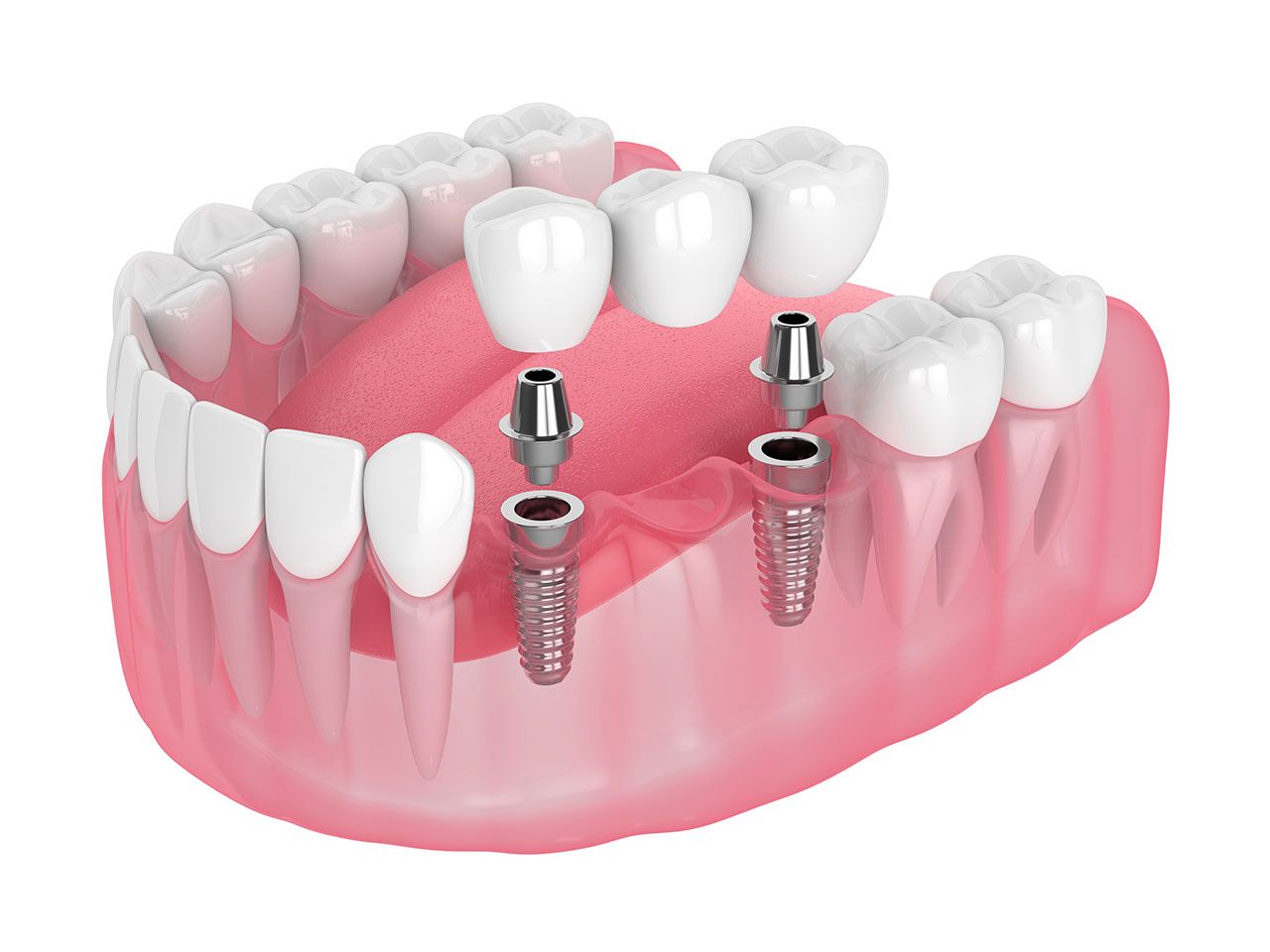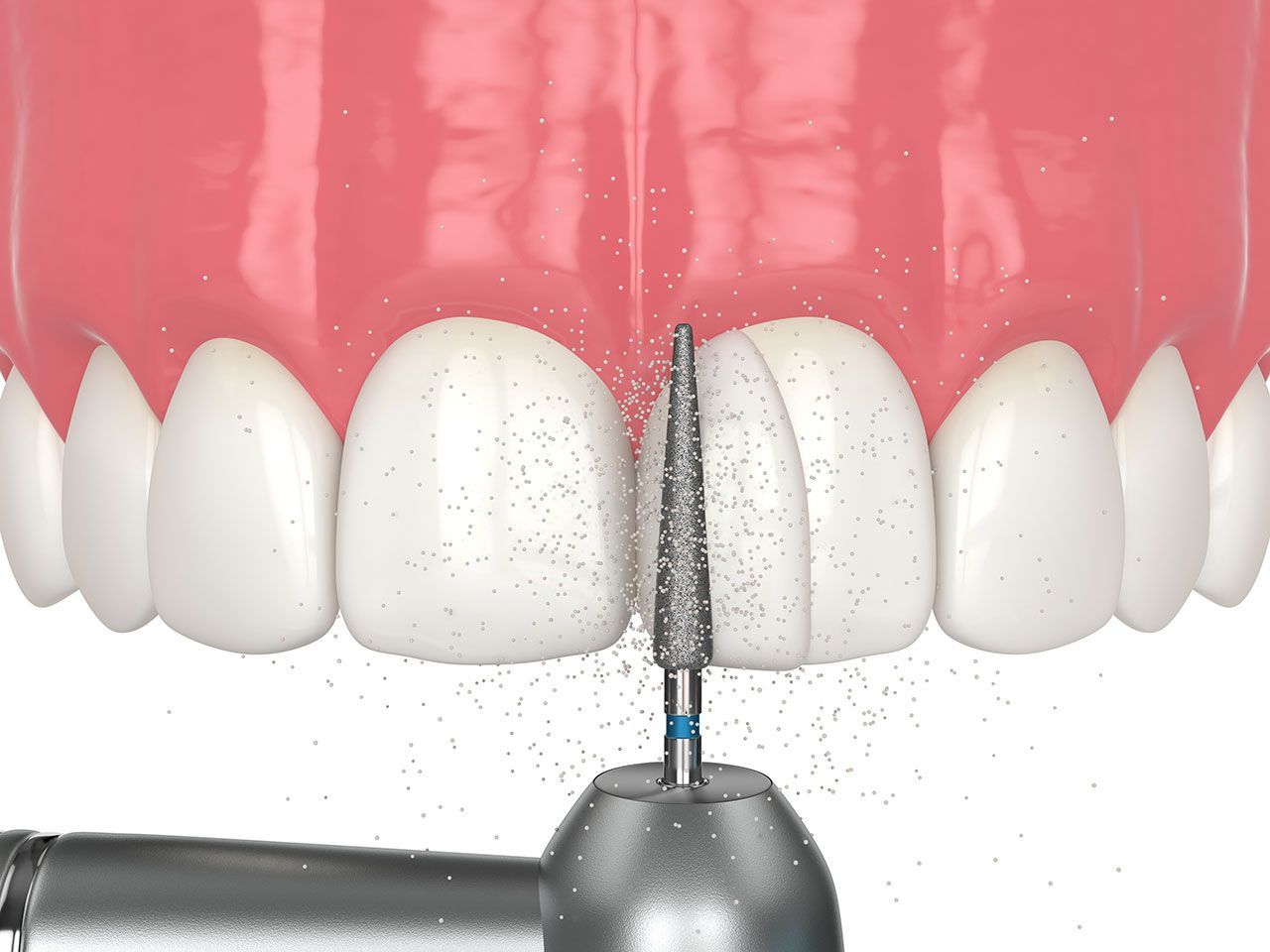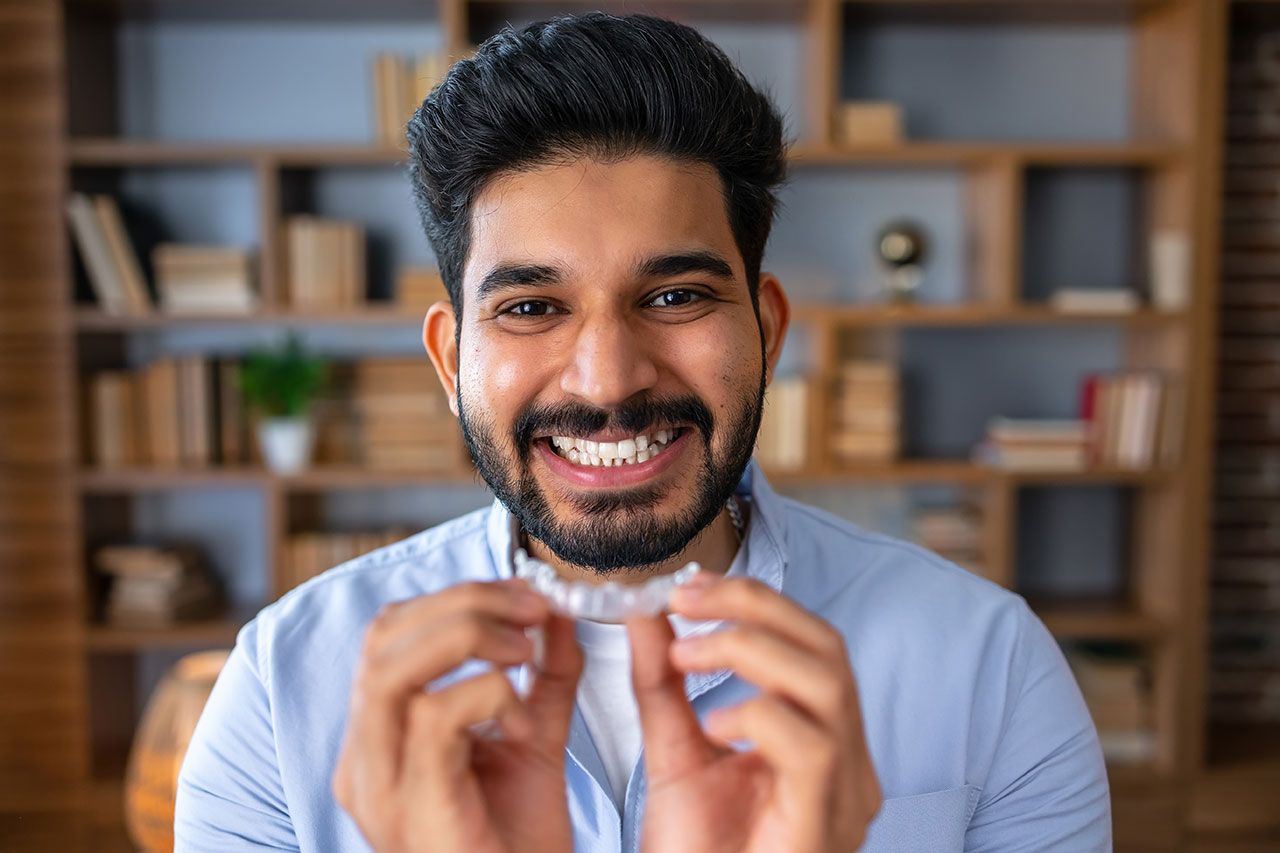Emergency Dentistry: What to Do When Every Second Counts
When Your Tooth Has Other Plans…
You're chewing dinner, and suddenly—crack. Or maybe you wake up with throbbing pain that doesn’t quit, or your child takes a tumble at the park and comes up crying, clutching their mouth. Dental emergencies aren’t just painful—they’re stressful, sudden, and can leave you scrambling to figure out what to do next.
But here’s the good news: the right knowledge can turn panic into calm. Knowing how to handle a dental emergency before it happens can make a world of difference in saving a tooth, reducing pain, and preventing complications.
Let’s walk through what qualifies as a dental emergency, what to do when it happens, and how emergency dentistry steps in when you need it most.
What Is Considered a Dental Emergency?
Not every toothache is an emergency—but when pain strikes hard, it’s important to know what demands immediate attention. Here are common issues that qualify as true dental emergencies:
- Knocked-out tooth (from injury or accident)
- Cracked or fractured tooth (especially if it’s painful or bleeding)
- Severe toothache (throbbing, sharp, or persistent pain)
- Abscess or infection (visible swelling, pus, fever, or a bad taste)
- Lost or damaged filling or crown (especially if it's causing discomfort)
- Broken orthodontic appliance (wires poking or brackets off)
- Uncontrollable bleeding in the mouth
- Injury to soft tissues (lips, tongue, cheeks)
When in doubt, the general rule is this: if it hurts, bleeds, or is broken—it’s time to call your emergency dentist.
What to Do in the Moment: Quick First-Aid Tips
When a dental emergency strikes, time is critical—but so is staying calm. Here’s what you can do at home while you prepare to head to your emergency dentist:
- Knocked-Out Tooth: Gently pick it up by the crown (not the root), rinse with water if dirty (don’t scrub), and try to place it back in the socket. If that’s not possible, keep it in milk or your own saliva. Get to a dentist within 30 minutes for the best chance of saving it.
- Severe Toothache: Rinse with warm salt water and gently floss to rule out trapped food. Avoid aspirin on the gums (it can burn the tissue). Use cold compresses to reduce swelling until you’re seen.
- Cracked Tooth: Rinse your mouth with warm water to keep it clean. If there's swelling, use a cold compress on your cheek.
- Lost Crown or Filling: Try to keep the crown or filling piece safe. You can temporarily cover the exposed area with sugar-free gum or dental cement from the drugstore.
- Soft Tissue Injury: Rinse with salt water. If bleeding persists after 10 minutes of pressure, go to the ER.
These steps don’t replace care—they buy you time and comfort until you get help.
How Emergency Dentistry Works at the Office
Here’s what typically happens during an emergency visit at most offices:
- Immediate Triage: We assess the level of urgency, pain, and potential risk.
- X-Rays or Digital Imaging: To quickly pinpoint damage or infection.
- Pain Management: Numbing the area, prescribing meds if needed.
- Treatment: This might include reattaching a tooth, placing a temporary crown, draining an abscess, or scheduling a root canal or extraction.
In some cases, temporary solutions are provided first (like stabilizing a broken tooth), with follow-up visits scheduled to complete full treatment.
Why Prompt Action Matters—Professionally Speaking
- According to the American Association of Endodontists, acting within the first hour of a knocked-out tooth dramatically increases the chance of saving it.
- A study in the Journal of Dental Research found that untreated dental abscesses can lead to life-threatening complications like sepsis if not managed quickly.
- The American Dental Association (ADA) recommends urgent care for cracked or avulsed teeth, stating that immediate treatment reduces long-term complications like nerve damage or tooth loss.
Emergency dentistry isn’t just about pain relief. It’s about preserving your health—and sometimes, your natural teeth.
Benefits of Knowing Where to Turn
Having a go-to emergency dentist gives you peace of mind. Here’s why it matters:
- Faster response when time is critical
- Streamlined care—no scrambling to find a provider
- Pain control with professional-grade tools and medication
- Better outcomes for long-term oral health
- Familiar faces—which makes high-stress situations feel a little less scary
When emergencies happen, the last thing you want is to search for a phone number while your face is swelling or your child is crying.
Be Ready Before It Happens
Dental emergencies don’t announce themselves. One minute you’re fine, and the next? You’re holding a broken crown or calling for ice packs. The key is having a plan—and a trusted team that picks up the phone when you need help most.
Whether it’s a chipped tooth or a serious infection, emergency dentistry is here to protect your smile and your peace of mind.
Need help now—or want to be prepared before the unexpected strikes? Call Wow Dental at 313-371-9880 to schedule an emergency appointment or keep our number saved for when every second counts.
Share This Article
